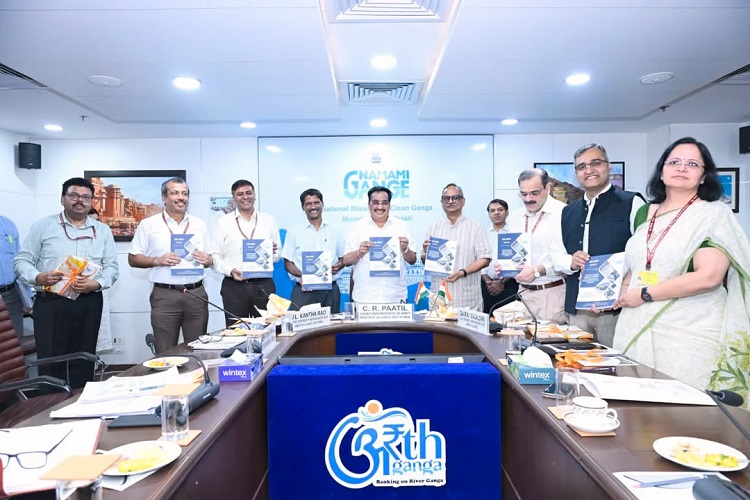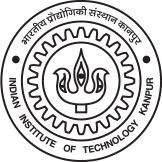
IIT Kanpur–NMCG Study Sets New Benchmarks for Sustainable Sand Mining
Kanpur , 7 October 2025
Source: Information and Media Outreach Cell, IIT Kanpur
Kanpur, October 7, 2025: In partnership with IIT Kanpur, the National Mission for Clean Ganga (NMCG) has finalized a detailed scientific study on the geomorphic and ecological effects of sand mining in major rivers. The Empowered Task Force (ETF) reviewed the final report of this project, which was unveiled by the Hon'ble Minister of Jal Shakti, Sri C R Patil, at NMCG on September 29, 2025. Mr. V. L. Kanta Rao, Secretary of the Ministry of Jal Shakti, emphasized that states' involvement will advance this work nationwide.
The study, conducted by Prof. Rajiv Sinha of the Department of Earth Sciences at IIT Kanpur, is based on high-resolution satellite data, drone surveys, replenishment volume estimation, and advanced modelling and provides actionable insights into the long-term degradation of river systems caused by unregulated sand mining. Prof. Sinha emphasized the need to adopt a science-based framework for regulating river sand mining. The ETF strongly recommended designing river-specific guidelines for regulating sand extraction based on hotspot management and zoning based on historical data analysis and assessment of reach-scale replenishment capacity of the river. Director General of NMCG, Mr. Rajeev Kumar Mittal, advocated harmonizing MoEF&CC's Sustainable Sand Mining Guidelines (2016) and Enforcement Guidelines (2020) with IIT Kanpur's scientific recommendations.
Keeping in view the rapid and widespread degradation of rivers across the country because of sand mining, Prof. Rajiv Sinha said a more comprehensive approach for regulating sand mining is urgently required, which should encompass flash flood risk assessment, bank erosion control, and groundwater recharge monitoring in mining zones. This will require a countrywide assessment of the impact of sand mining on rivers using modern technology such as high-resolution satellite and UAV remote sensing, and deep learning techniques for detecting and real-time tracking of sand mining.
This should lead to integrated basin–level, river-centric mining management plans for the Indian rivers. The ETF also recommended initiating pilot projects in selected stretches of the Himalayan and peninsular rivers to develop a Sand Mining Monitoring Module (SaMM) as a replicable framework for detecting and regulating sand mining. This will also require a comprehensive capacity Building for state government departments & Community Engagement programs, added DG, NMCG.
About IIT Kanpur
The Indian Institute of Technology Kanpur, established in 1959, holds the distinction of being recognized as an Institute of National Importance by the Government of India through an Act of Parliament. Renowned for its excellence in science and engineering education, IIT Kanpur has made significant contributions to research and development over the decades. Its expansive, lush green campus spans 1,050 acres and hosts a rich array of academic and research resources. The institute comprises 19 departments, 20 centers, three interdisciplinary programs, and three specialized schools across engineering, science, design, humanities, and management disciplines. With over 590 full-time faculty members and more than 9,500 students, IIT Kanpur remains a leader in fostering innovation and academic rigor.
For more information, visit www.iitk.ac.in.




